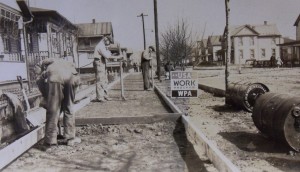
A WPA teacher prepares her charges for lunch at the Farm Security Administration family migratory labor camp. Yakima, Washington. 1941. Photo by Russell Lee for the FSA. Courtesy, Library of Congress Prints and Photographs Division.
“Until recently, the nursery school idea was a luxury for only a few favored youngsters,” The Akron Beacon Journal declared in 1939. “With the advent of (the) WPA, nursery schools were established in seven counties of northeastern Ohio for children coming from low-income families… the nursery schools have also afforded work for many women as teachers, cooks, and helpers.”
Such reports are numerous in newspaper archives and highlight the motivation behind the WPA nursery schools—free childcare for children ages 2 to 5 for families in need, and jobs for the unemployed. Beyond these basics, however, is a little-known and remarkable story about a push for social reform.

Feeding cod liver oil to children at the WPA nursery school at the Agua Fria migratory labor camp, Arizona, 1940. Photo by Russell Lee for the FSA. Courtesy, the Library of Congress Prints and Photographs Division.
In her book, Educating Young Children in WPA Nursery Schools, Federally Funded Early Childhood Education from 1933-1943 (Routledge Press, 2019), the first full-length national study of the WPA nursery school program, author Dr. Molly Quest Arboleda describes the goals and philosophies of the WPA nursery school administrators: racial integration, where possible; parental education and involvement; toys created with recycled materials; allowing boys and girls to play with the same types of toys (not distinguishing between “toys for boys” and “toys for girls”); and, perhaps most ambitiously, cooperative group play—both indoors and outdoors—for the express purpose of planting seeds of good citizenship in children. “The program stressed social growth, defined as the ability to get along with others, as critical to physical and emotional wellbeing,” Arboleda writes.

Children at play at the WPA New Orleans Day Nursery. ca 1936-38.
Photographer unknown. Courtesy, http://nutrias.org/exhibits/wpakids/nursery.htm.
A typical WPA nursery school day would begin with a health inspection and vaccinations, if needed, against diphtheria, smallpox and other illnesses. Next, children would line up for a dose of cod liver oil, followed by orange juice, tomato juice or grapefruit juice. The rest of the day would be punctuated with playtime, naps and meals. At the children’s disposal were picture books, musical instruments, dolls, building blocks, jungle gyms, see-saws, modeling clay, painting materials and more.
Sometimes, cooperative play was cleverly facilitated. In 1939, The Louisville Courier-Journal described one nursery school, “For scientific reasons there aren’t quite enough of any one set of toys… This gives [the teacher] the opportunity to say: ‘Ruth got the doll first. She will let you have it next. We take turns, you know. Or wouldn’t you like to play with dolly at the same time?”

Naptime at Robert White Fund Health Unit at Savin Hill, Massachusetts, nursery “home.” 1936. Photographer unknown. Courtesy, NARA.
Dr. Grace Langdon of Columbia University, director of the WPA nursery schools, hoped that her pre-K program would become universal and permanent. The popularity of the schools probably bolstered her confidence. At the end of 1935, for example, there were over 1,900 WPA nursery schools nationwide, attended by 76,000 children. Employment had been given to over 6,600 people.
Unfortunately, between World War II and an increasingly disinterested Congress, the WPA nursery schools were first converted into childcare centers for defense industry workers (funded by the Lanham Act) and eventually disappeared altogether.

First Lady Eleanor Roosevelt visits a WPA nursery school in Des Moines, Iowa, 1936. Photographer unknown, Courtesy FDR Presidential Library and Museum.
Eighty years later, millions of Americans struggle to find affordable childcare. It is a problem that is reported year after year, decade after decade, with half-hearted, insufficiently-funded “solutions” offered up from time to time.
Dare I say, virtually no one—voters, legislators, media—talks about, or even knows about, the history, success and popularity of WPA nursery schools. Academia has also yawned on the topic, which Arboleda calls a “grievous omission.”
WPA nursery schools essentially have been wiped from the collective memory. But America’s children would be better off if we remembered.
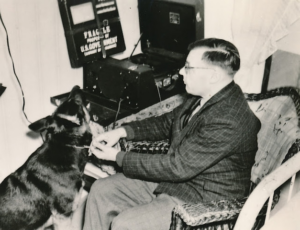
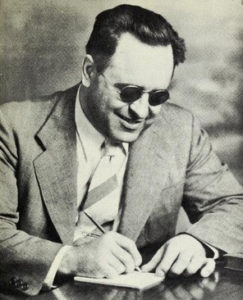
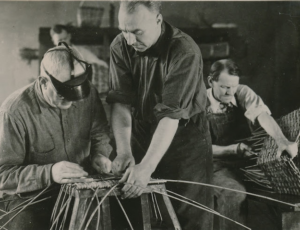
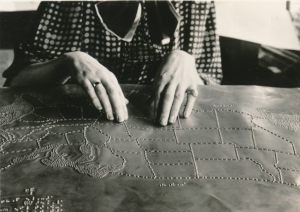


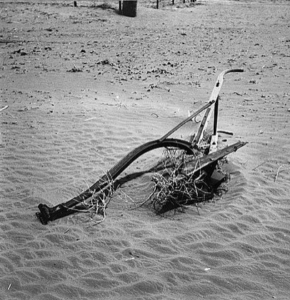
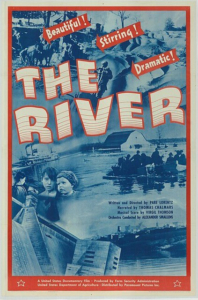




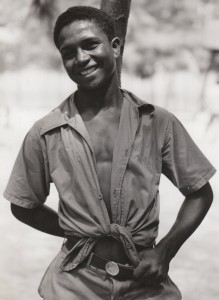 If you read the news with any regularity, you know that many working Americans are fed up. They’re fed up with stagnant wages, oppressive student loan debt, and trade deals that whittle away at their economic well-being. U.S. Senator Elizabeth Warren has
If you read the news with any regularity, you know that many working Americans are fed up. They’re fed up with stagnant wages, oppressive student loan debt, and trade deals that whittle away at their economic well-being. U.S. Senator Elizabeth Warren has 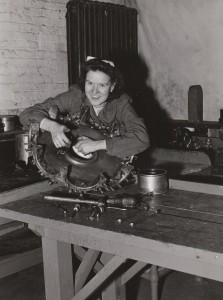 I believe these smiles are representative of something that was present during the New Deal but is largely absent today: A feeling among the downtrodden that the government was truly on their side. During the Great Depression, millions of Americans cried out for jobs and New Deal policymakers answered the call by creating millions of job opportunities in programs like the CCC, NYA, and WPA. That’s responsive public policy: a government for the people. Now, compare that to modern times, when
I believe these smiles are representative of something that was present during the New Deal but is largely absent today: A feeling among the downtrodden that the government was truly on their side. During the Great Depression, millions of Americans cried out for jobs and New Deal policymakers answered the call by creating millions of job opportunities in programs like the CCC, NYA, and WPA. That’s responsive public policy: a government for the people. Now, compare that to modern times, when 



